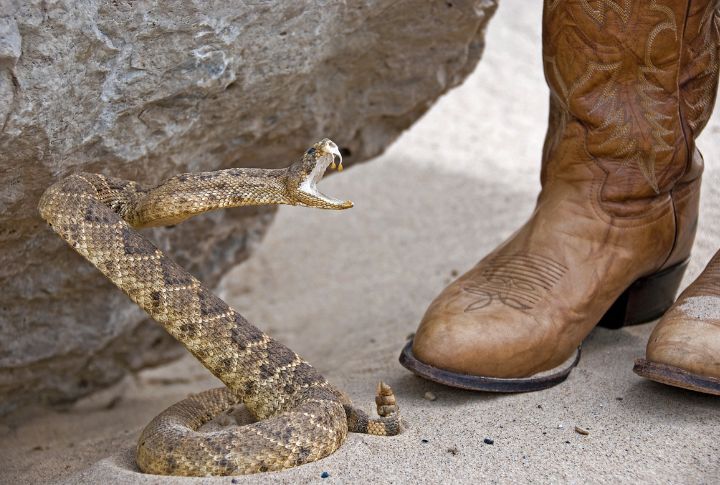
Rattlesnakes: their iconic rattle sends shivers down spines, but how much do you really know about these fascinating, yet potentially dangerous, creatures? Knowing how to identify rattlesnakes and how to stay safe around them is crucial for anyone who enjoys spending time outdoors. This guide will teach you to identify different rattlesnake species, understand their behavior, and, most importantly, ensure your safety when you’re outdoors.
Distinctive Markings
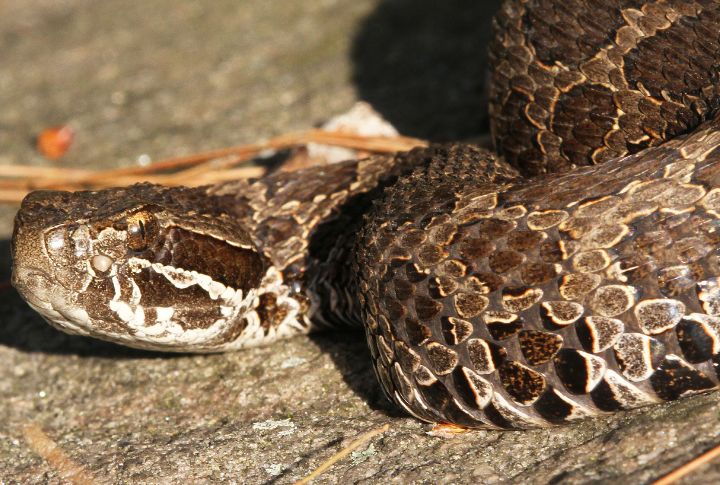
Rattlesnakes exhibit a mesmerizing array of patterns that set them apart from other snakes. These designs often feature diamond-shaped motifs along their bodies, varying in color and intensity depending on the species and individual. Familiarizing yourself with these distinctive markings will equip you to identify rattlesnakes and appreciate the beauty of their natural camouflage.
Triangular Head

A rattlesnake’s head is a key indicator of its venomous character. Unlike non-venomous serpents, which typically have heads similar in width to their physique, rattlesnakes possess triangular-shaped heads that are obviously wider than their necks. This adaptation accommodates the venom glands behind the eyes, highlighting the importance of recognizing this characteristic when encountering these creatures.
Vertical Pupils
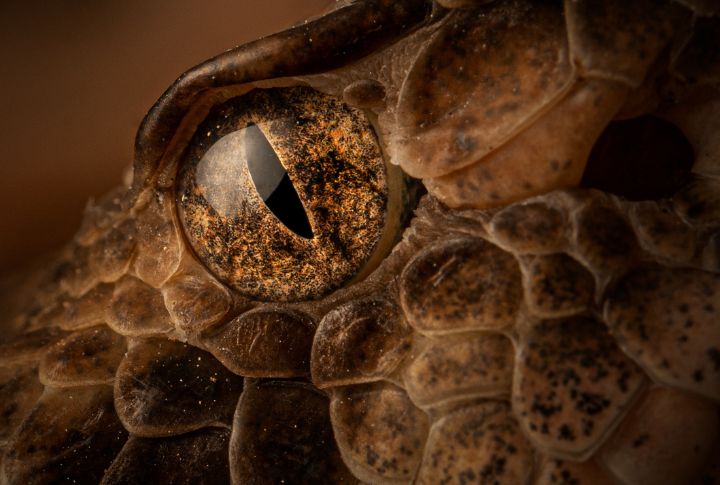
The eyes are often described as the windows to the soul, and in the case of rattlesnakes, they offer valuable cognizance into their hunting capabilities. Rattlesnakes have vertical pupils, a trait shared with other nocturnal predators like cats. This pupil shape enhances their depth perception and low-light vision, enabling them to track prey accurately even in dimly lit environments.
Heat-Sensing Pits

One of the most fascinating adaptations of rattlesnakes is their ability to detect infrared radiation using specialized organs known as heat-sensing pits located on each side of the head between the eye and nostril. These pits allow rattlesnakes to perceive the heat signatures of nearby objects, including potential quarry and threats.
Rattle Awareness
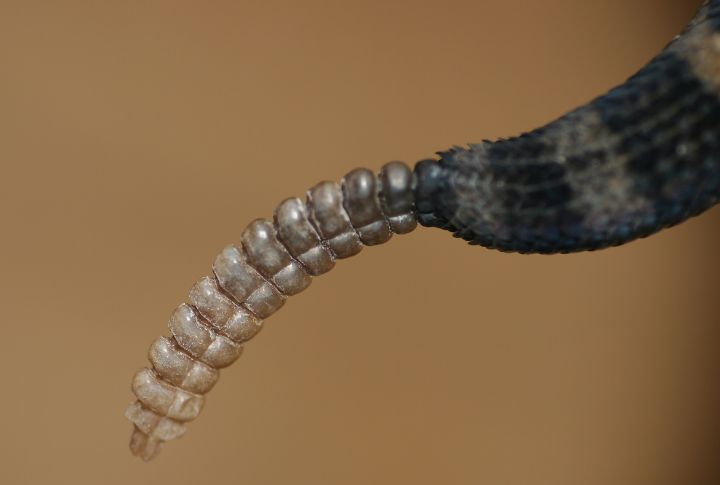
The unique sound of a rattlesnake’s rattle is synonymous with caution in snake country. However, it’s important to note that not all rattlesnakes will rattle before striking, so visual identification and situational vigilance are paramount.
Habitat Insights
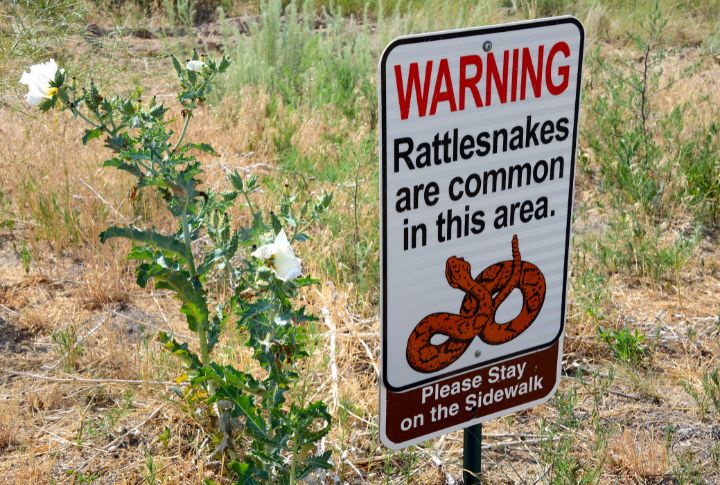
Rattlesnakes are highly adaptable reptiles in various habitats across North and South America. From arid deserts and grasslands to lush forests and rocky hillsides, these animals have mastered the art of survival in diverse conditions. Understanding the terrains favored by rattlesnakes can help you anticipate probable encounters and take appropriate precautions.
Watch Your Step

When venturing into rattlesnake territory, watching your step and exercising alertness with every move is key. Rattlesnakes are skilled ambush predators that may lie in wait beneath rocks, logs, or vegetation, making careful navigation necessary to deter random meetings.
Respectful Distance
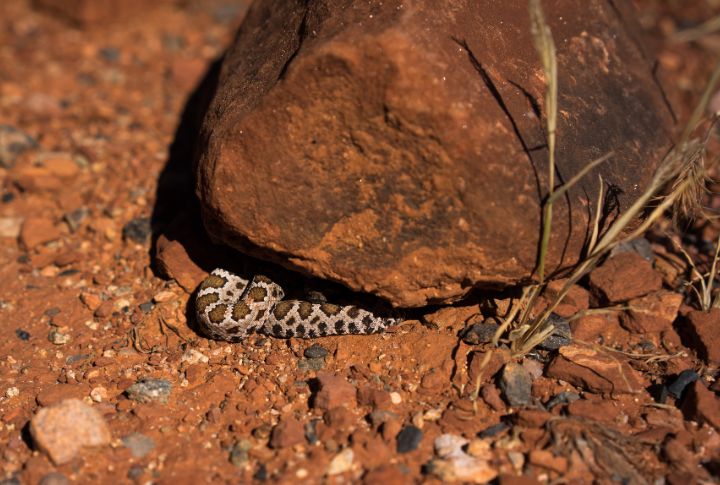
If you encounter a rattlesnake out in nature, maintaining a respectful distance is vital to ensuring your security and the snake’s well-being. Give the slithering species ample space to retreat without feeling threatened, and refrain from making sudden movements or loud noises that could agitate it.
Proper Footwear
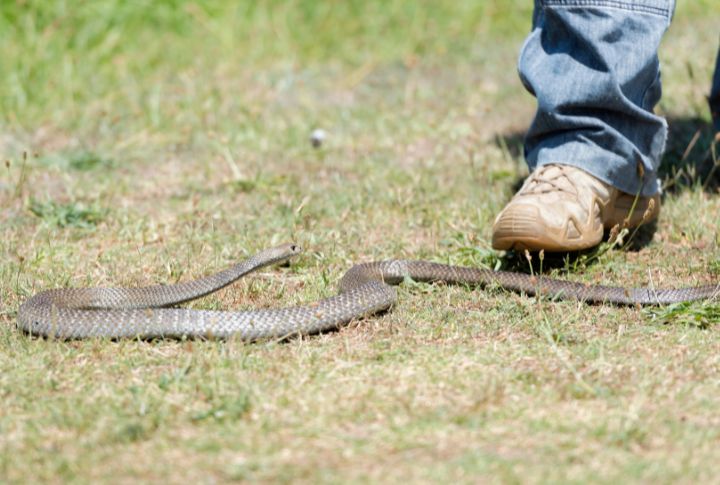
Choosing the correct sneaker is an essential aspect of rattlesnake safety when exploring their domain. Select a pair of sturdy, closed-toe shoes or boots that provide ample protection against the likelihood of snakebites. Avoid sandals or open-toed footwear that leaves your feet vulnerable to untoward incidents with hidden serpents.
Stay Calm

Keeping a calm demeanor is required to maintain a positive outcome in the unlikely event of a rattlesnake bite. Panicking or attempting to capture or kill the snake can escalate the situation and increase the risk of further injury. Instead, focus on seeking immediate medical attention and following first aid protocols while awaiting professional assistance.

Comments
Loading…